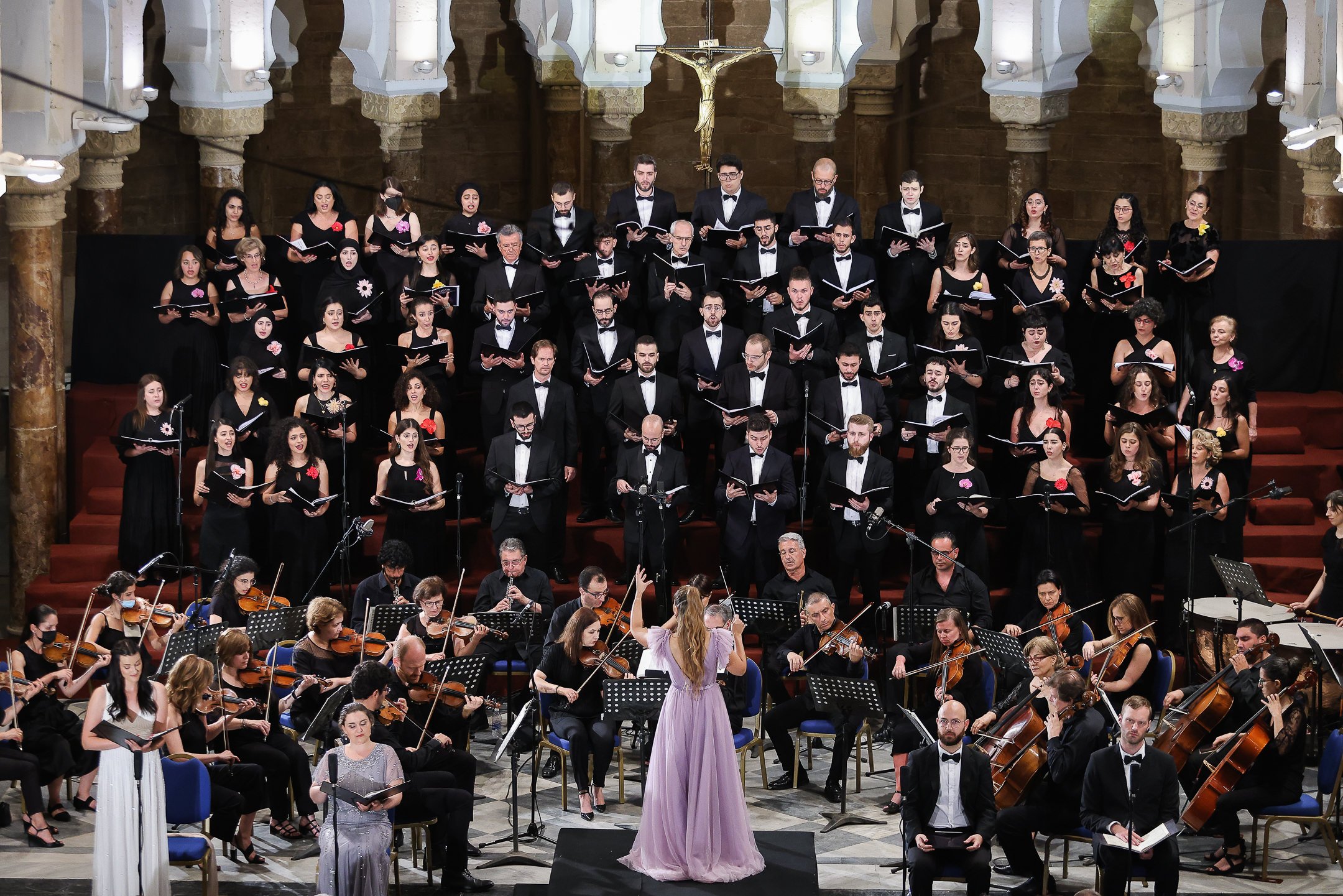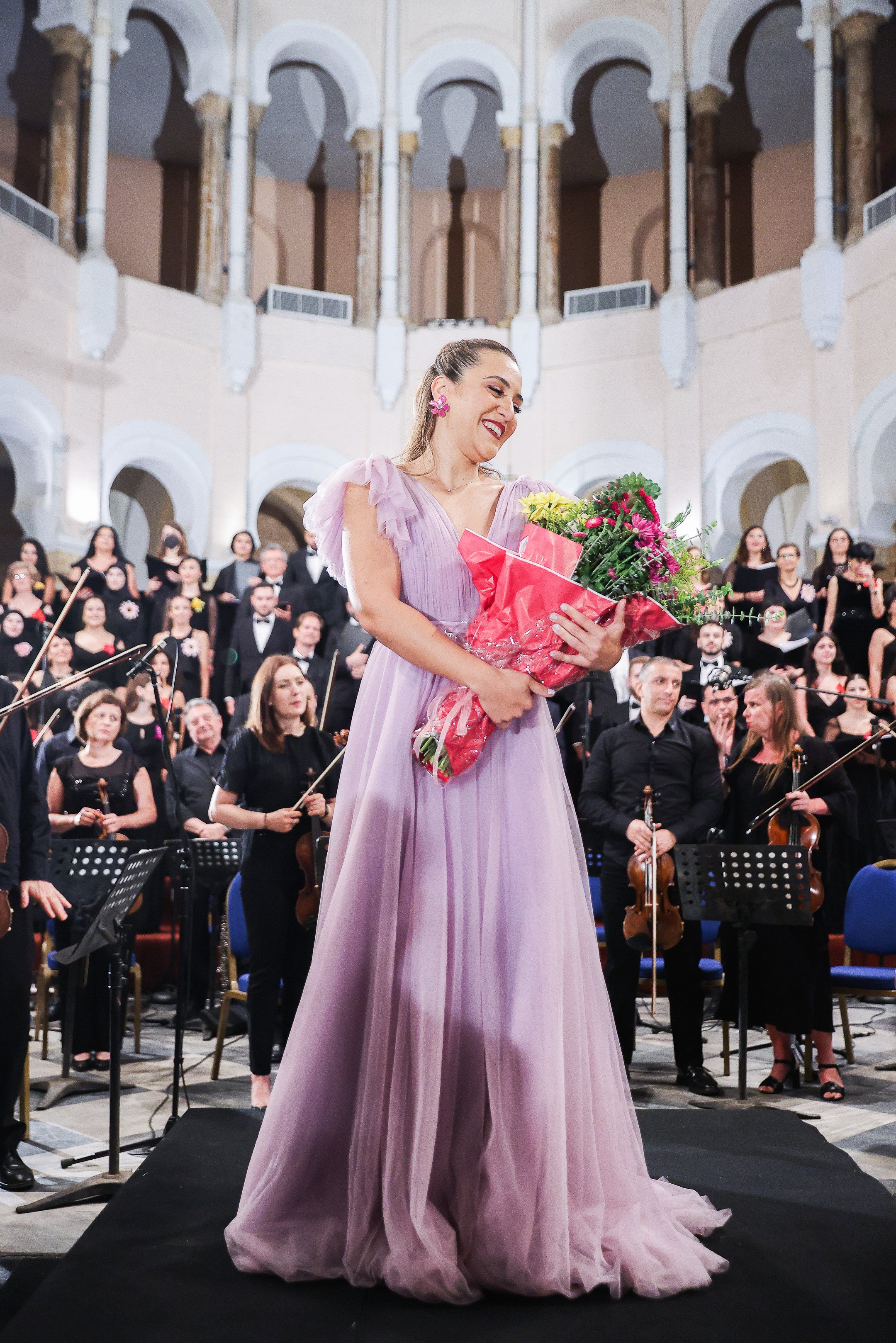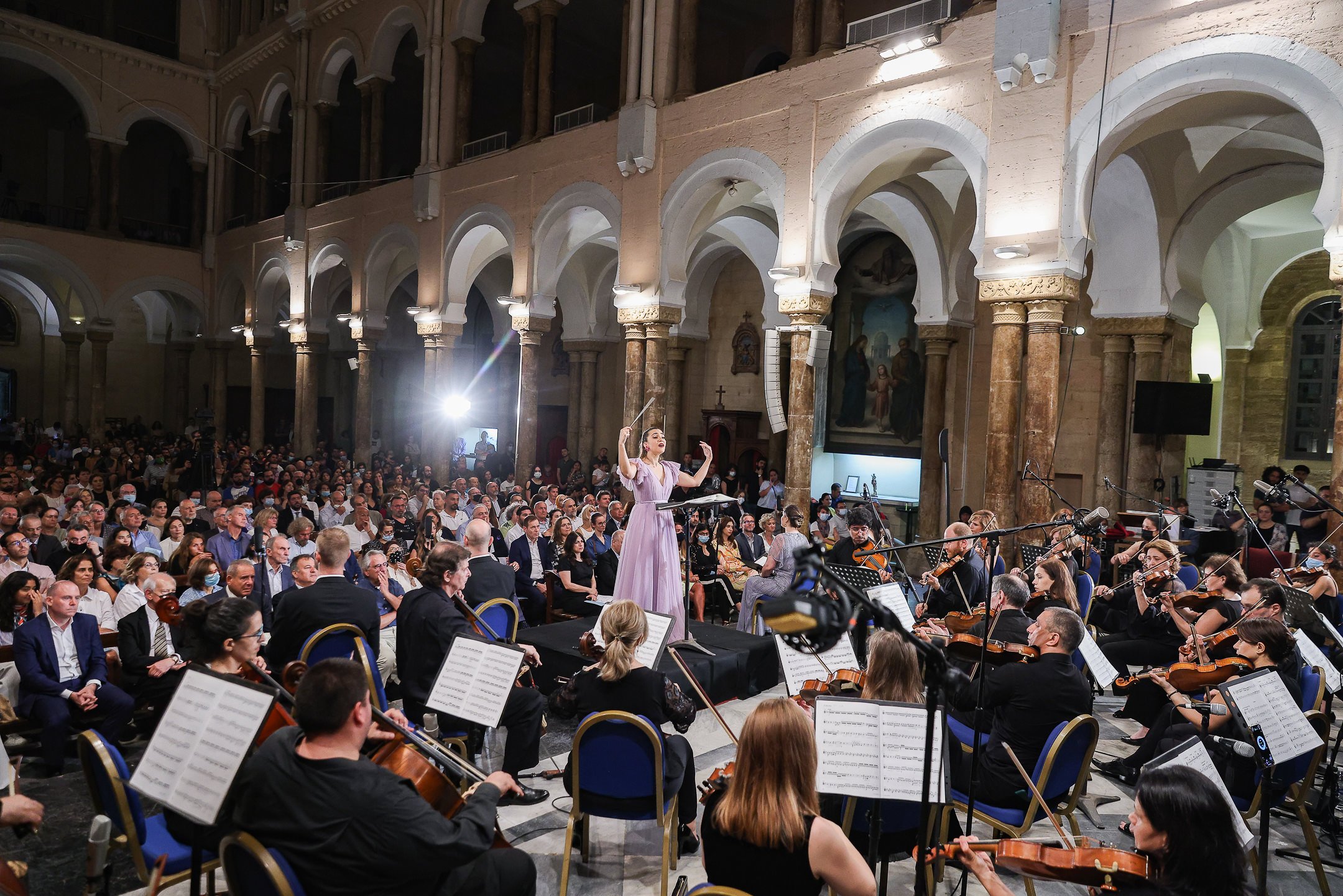HAYDN, St. Cecilia Mass
After his promotion to Kapellmeister in 1766 at the Esterházy court, Joseph Haydn began composing the monumental Missa Cellensis in honorem Beatissimæ Virginis Mariæ (Mass for Mariazell in honour of the Blessed Virgin Mary). By the age of twenty, Haydn had travelled 80 miles on foot from Vienna to the pilgrimage site of Mariazell, a popular space to which many devotees journeyed. Some have pondered whether he had dedicated his very personal composition to the Virgin of Mariazell for the prestigious promotion he had been granted. These facts present us with a puzzle: aside from the fact that there is no special relationship between the Esterházy family and Mariazell, the extensive length of the mass would not have been considered suitable for a pilgrimage service, nor would the musical resources be available at the church Mariazell.
Years later, the mass would acquire another name, Cäcilienmesse (St. Cecilia Mass), as the result of a likely performance held in honor of St. Cecilia, the patron saint of music. Though this work is rarely performed, it presents a remarkable splendor of sonority. The brilliance of its C major tonality colored by the energetic interjections of the trumpets and timpani reflect the joyful and festive character of the composition.
What is undeniable about this piece is its contagious joyous and celebratory character. Yes, times have been hard on us the past years and the trend of people leaving is ongoing. We have a choice: to give up and walk away, or to stand strong and fight back. We chose to look at the bright side of things and focus on what we have. Music is joy, music is life and music is hope! We chose to stay and fight for what gives us joy. Isn’t this what life is all about?
HAYDN, St. Cecilia Mass
After his promotion to Kapellmeister in 1766 at the Esterházy court, Joseph Haydn began composing the monumental Missa Cellensis in honorem Beatissimæ Virginis Mariæ (Mass for Mariazell in honour of the Blessed Virgin Mary). By the age of twenty, Haydn had travelled 80 miles on foot from Vienna to the pilgrimage site of Mariazell, a popular space to which many devotees journeyed. Some have pondered whether he had dedicated his very personal composition to the Virgin of Mariazell for the prestigious promotion he had been granted. These facts present us with a puzzle: aside from the fact that there is no special relationship between the Esterházy family and Mariazell, the extensive length of the mass would not have been considered suitable for a pilgrimage service, nor would the musical resources be available at the church Mariazell.
Years later, the mass would acquire another name, Cäcilienmesse (St. Cecilia Mass), as the result of a likely performance held in honor of St. Cecilia, the patron saint of music. Though this work is rarely performed, it presents a remarkable splendor of sonority. The brilliance of its C major tonality colored by the energetic interjections of the trumpets and timpani reflect the joyful and festive character of the composition.
What is undeniable about this piece is its contagious joyous and celebratory character. Yes, times have been hard on us the past years and the trend of people leaving is ongoing. We have a choice: to give up and walk away, or to stand strong and fight back. We chose to look at the bright side of things and focus on what we have. Music is joy, music is life and music is hope! We chose to stay and fight for what gives us joy. Isn’t this what life is all about?
Gallery













